Home>Ideas and Tips>Creating A Meditation Garden In Your Backyard
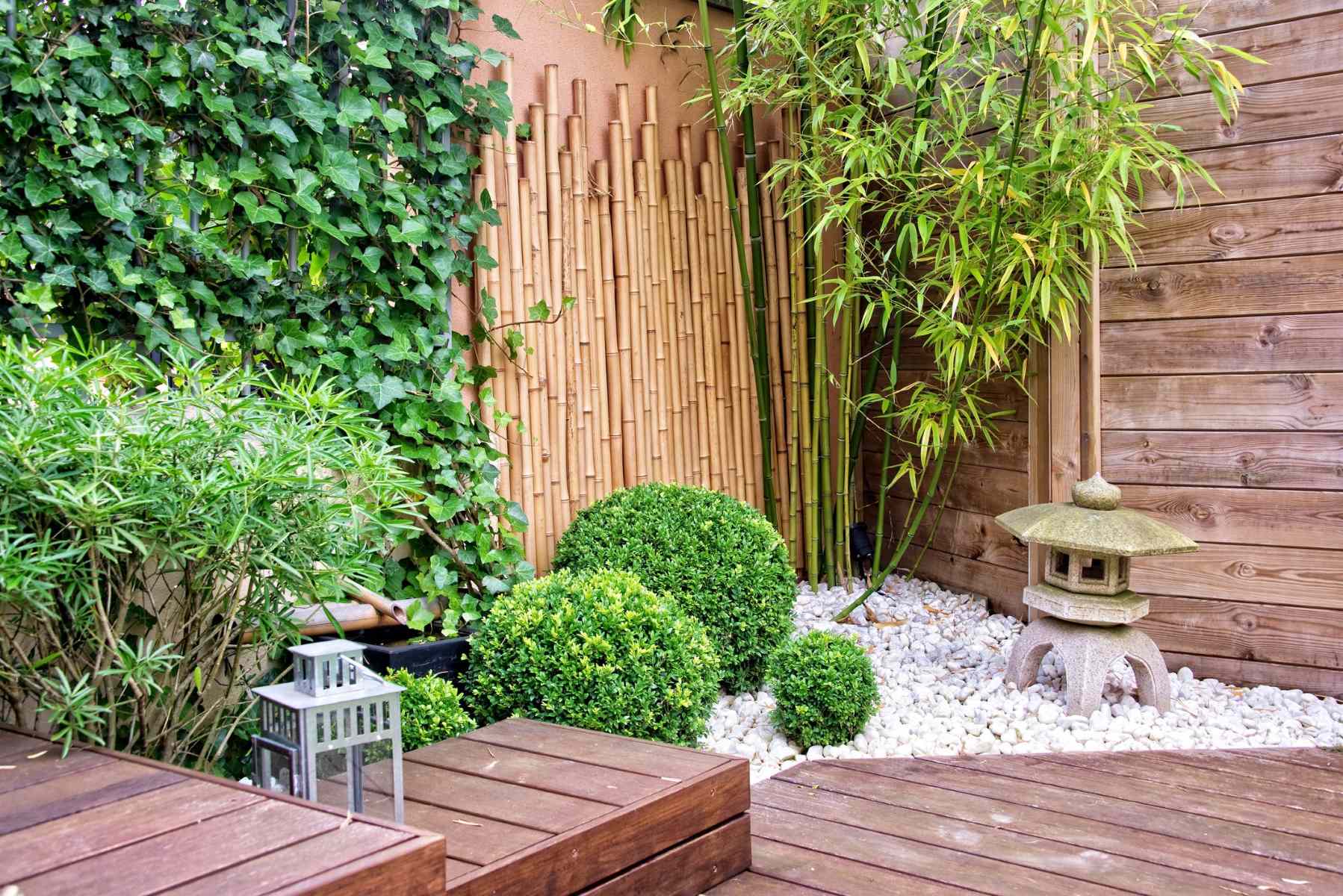

Ideas and Tips
Creating A Meditation Garden In Your Backyard
Modified: October 20, 2024
Transform your backyard into a serene oasis with a meditation garden. Discover tips and ideas for creating a peaceful retreat at home.
(Many of the links in this article redirect to a specific reviewed product. Your purchase of these products through affiliate links helps to generate commission for Storables.com, at no extra cost. Learn more)
Creating a meditation garden in your backyard can be a game-changer for your mental well-being. Imagine stepping out into a peaceful, serene space where you can unwind, meditate, and connect with nature. But why should you create a meditation garden? Well, let’s dive into the benefits.
Why Create a Meditation Garden?
Meditation gardens have been around for centuries, and for good reason. They’re not just pretty to look at; they offer a ton of benefits for your mind and body. Here’s why you should consider creating one:
-
Stress Reduction: Life can be hectic, right? A meditation garden provides a calming atmosphere that can help melt away stress. The soothing sounds of water, the vibrant colors of flowers, and the gentle rustling of leaves all contribute to a peaceful environment.
-
Improved Mental Clarity: Spending time in nature has been shown to improve mental clarity and focus. The tranquility of a meditation garden helps clear your mind, making it easier to concentrate.
-
Enhanced Spiritual Experience: For many people, meditation gardens serve as a spiritual retreat. They provide a space where one can connect with nature and their inner self.
-
Family Bonding: A meditation garden can be a wonderful place for family bonding. It encourages interaction with nature and promotes quality time together.
-
Therapeutic Benefits: The therapeutic benefits of meditation gardens are well-documented. They can be particularly beneficial for individuals dealing with anxiety, depression, or other mental health issues.
Planning Your Meditation Garden
Creating a meditation garden starts with planning. Here are some steps you should consider:
Step 1: Define Your Vision
First things first, you need to define what you want your garden to look like and feel like. Gather your family together and discuss what elements make each of you feel at peace. Think about the colors, textures, and sounds that you find calming.
Step 2: Research Different Styles
There are many different styles of meditation gardens from around the world that you can draw inspiration from. Some popular styles include:
- Japanese Zen Gardens: These gardens often feature ponds or waterfalls along with traditional Japanese plants like bamboo and cherry trees.
- Chinese Gardens: These gardens typically include elements like pagodas, bridges, and intricately designed stone carvings.
- Southwestern US Gardens: These gardens often incorporate desert plants like cacti and succulents.
- Traditional English Gardens: These gardens feature lush greenery, flowers, and sometimes even a small pond or fountain.
- Middle Eastern Gardens: These gardens often include intricate tile work and ornate fountains.
Researching different styles will help you visualize what you want your garden to look like and give you ideas for incorporating unique elements.
Step 3: Choose Your Location
The location of your meditation garden is crucial. Ideally, it should be in a spot that is easily accessible but also provides some level of seclusion from the rest of your yard. This could be under a large tree or near a fence that blocks out external noise.
Step 4: Select Low-Maintenance Plants
When selecting plants for your meditation garden, choose those that are low maintenance so that they don't become a source of stress. Native plants are often a good choice as they require less care and can attract wildlife to your garden.
Some plants that are commonly used in meditation gardens include:
- Ornamental Grasses: These add a soothing rustling sound on windy days and come in various colors and textures.
- Japanese Silver Grass: This is useful as a hedge to hide neighboring views and makes the perfect surround for any small meditation setting.
- Herbs and Vegetables: Incorporating herbs like lavender or chamomile can bring soothing aromas to your garden, while vegetables like sunflowers can add height and visual interest.
Designing Your Meditation Garden
Once you have chosen the location and selected your plants, it's time to start designing your garden. Here are some key elements to consider:
Size and Shape
The size and shape of your meditation garden should be determined by what you need it for. If you want a space for individual meditation, a small intimate area might be best. However, if you plan on hosting more people, a larger space could be more appropriate.
Consider whether you want a linear or circular layout for your garden. A linear approach might involve situating your meditation space at the edge of your garden with additional shrubs or trees adding definition alongside your garden wall. A circular approach creates optimum flow for your garden and reinforces centered meditation.
Materials
When designing the focal point of your garden—the sitting area—consider what materials would be ideal for paths, sitting areas, and surrounding ground cover. Think about what materials tie into nearby natural areas and what feels right underfoot when walking or sitting.
Some materials that work well include:
- Wood Chips or Mulch: These add warmth underfoot but require regular maintenance.
- Stone Pavers: These provide a cool surface and are easy to clean but can be more expensive.
- Gravel or Sand: These mix well with other natural materials like river rock or shells from the beach for varied textures in walkways.
Water Features
Water features are essential elements in many meditation gardens because they provide a calming sound that can mask external noise. Some ideas include:
- Fish Ponds: These create a peaceful atmosphere with the sound of water lapping against the sides.
- Water Bowls or Bird Baths: These add visual interest and provide a place for birds to drink.
- Fountains or Garden Waterfalls: These create continuous flowing water sounds that are very soothing.
Shade
Incorporating shade into your garden is important so that you and your family stay cool and out of the sun. You can achieve this through:
- Canopies or Umbrellas: These provide immediate shade but may need to be adjusted seasonally.
- Pergolas: These offer partial shade while allowing sunlight through during different times of day.
- Greenery: Planting trees or shrubs around your garden can also provide natural shade over time.
Seating
Seating is crucial in any meditation garden as it provides a place for reflection. Consider adding benches or chairs made from natural materials like wood or stone. You could also incorporate cushions or pillows for added comfort.
Additional Elements
In addition to plants, water features, shade, and seating, there are several other elements you might want to consider adding:
Paths
Paths encourage walking meditation by providing a clear journey through your garden. Use natural stones in varying colors and shapes to amplify balance and Zen in your meditative space. Curved paths add visual interest while straight paths provide clarity.
Decorations
Decorations can enhance the ambiance of your meditation garden significantly. Here are some ideas:
- Statues or Sculptures: These can be placed at entryways or focal points within the garden.
- Lanterns or Candles: These add warmth and light during evening hours when natural light fades.
- Wind Chimes: These create soothing sounds when gently swayed by wind currents.
Entryway Decorations
The entryway is an important part of any meditation garden as it sets the tone for what lies within. Consider adding plants and flowers here along with benches or chairs for guests to sit while waiting for you.
Tips for Creating Your Meditation Garden
Here are some practical tips to keep in mind when creating your meditation garden:
-
Keep It Intimate: Research shows that intimate spaces are better for meditation than expansive ones. A small area helps create an atmosphere where you feel more connected to your surroundings.
-
Use Eco-Friendly Products: Try using eco-friendly garden products to protect both the environment and your family’s health. Avoid using pesticides that could ruin your special place.
-
Incorporate Different Textures: Mixing different textures into your walkways by combining materials like pea gravel with sand or river rock adds depth and interest to your garden.
-
Create a Focal Point: A focal point like an altar encourages thoughtfulness and directs attention towards it. Stacked stones can also serve as non-religious focal points.
-
Add Height with Climbing Vines: Elevate your meditation garden with climbing vines that add elegant movement and height, creating a more dynamic environment.
-
Consider Seasonal Changes: Take into account seasonal changes when designing your garden so that it remains beautiful throughout different times of year.
Read more: Creating A Butterfly Garden In Your Backyard
Conclusion
Creating a meditation garden in your backyard is a rewarding project that offers numerous benefits for both physical and mental well-being. By following these steps—defining your vision, researching different styles, choosing low-maintenance plants, designing with key elements like water features and shade—and incorporating additional elements such as paths and decorations—you can transform any space into a serene oasis perfect for meditation and relaxation.
Remember to keep it intimate yet inviting; use eco-friendly products; incorporate different textures; create focal points; add height with climbing vines; and consider seasonal changes—all these tips will help you create an ideal meditation garden tailored specifically for you and your family’s needs.
In conclusion, there’s no place like home when it comes to finding peace—and with these guidelines on hand—you’re well on your way towards creating that perfect tranquil spot right in your own backyard
Was this page helpful?
At Storables.com, we guarantee accurate and reliable information. Our content, validated by Expert Board Contributors, is crafted following stringent Editorial Policies. We're committed to providing you with well-researched, expert-backed insights for all your informational needs.
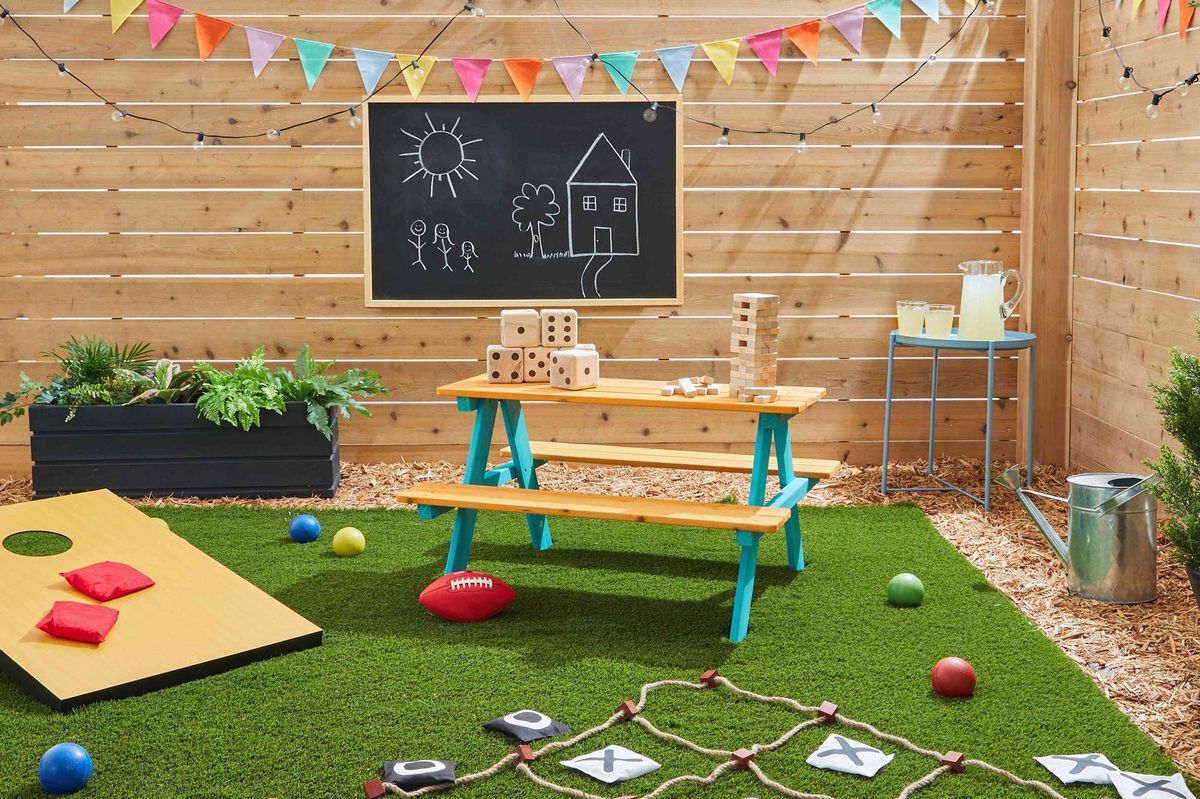
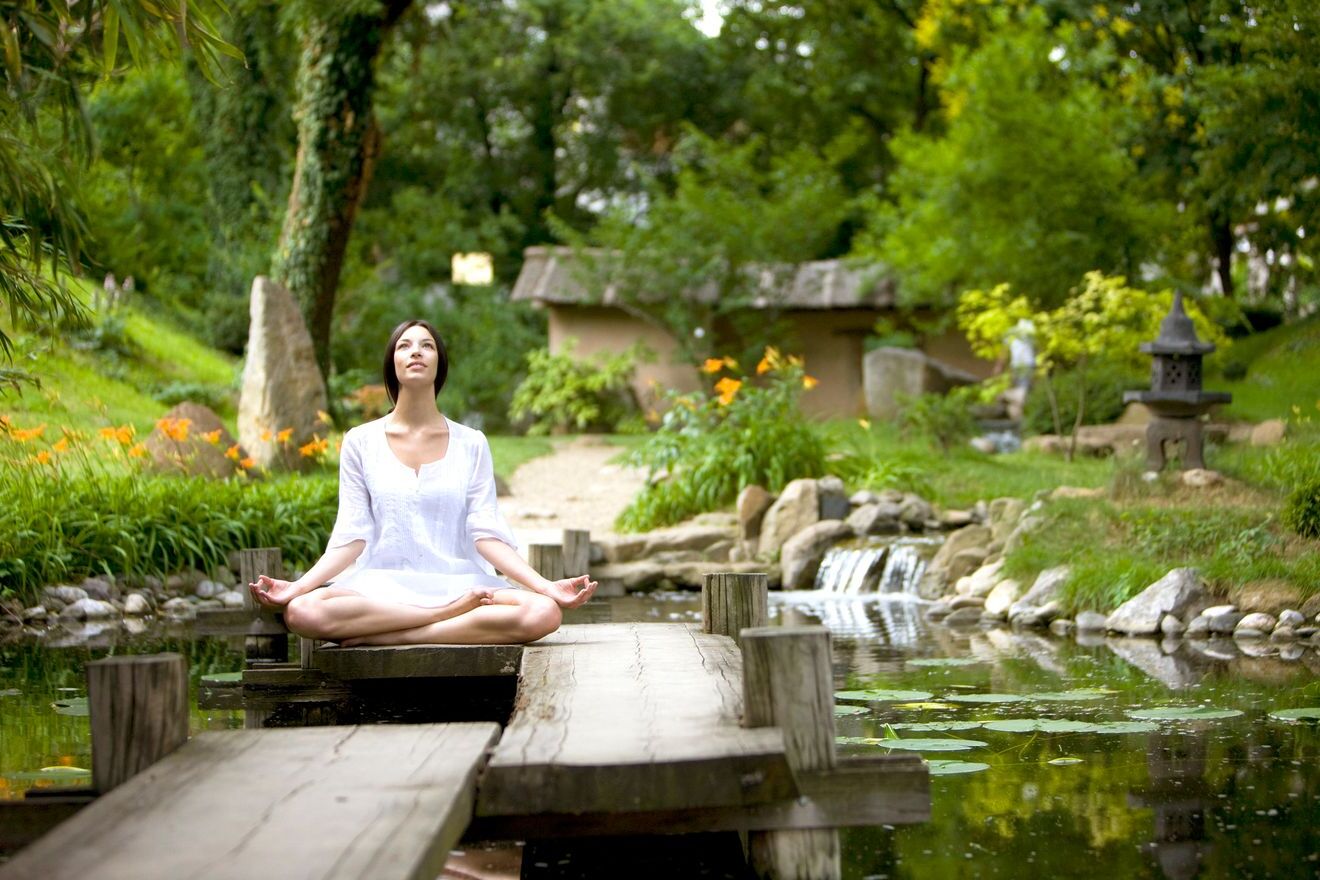
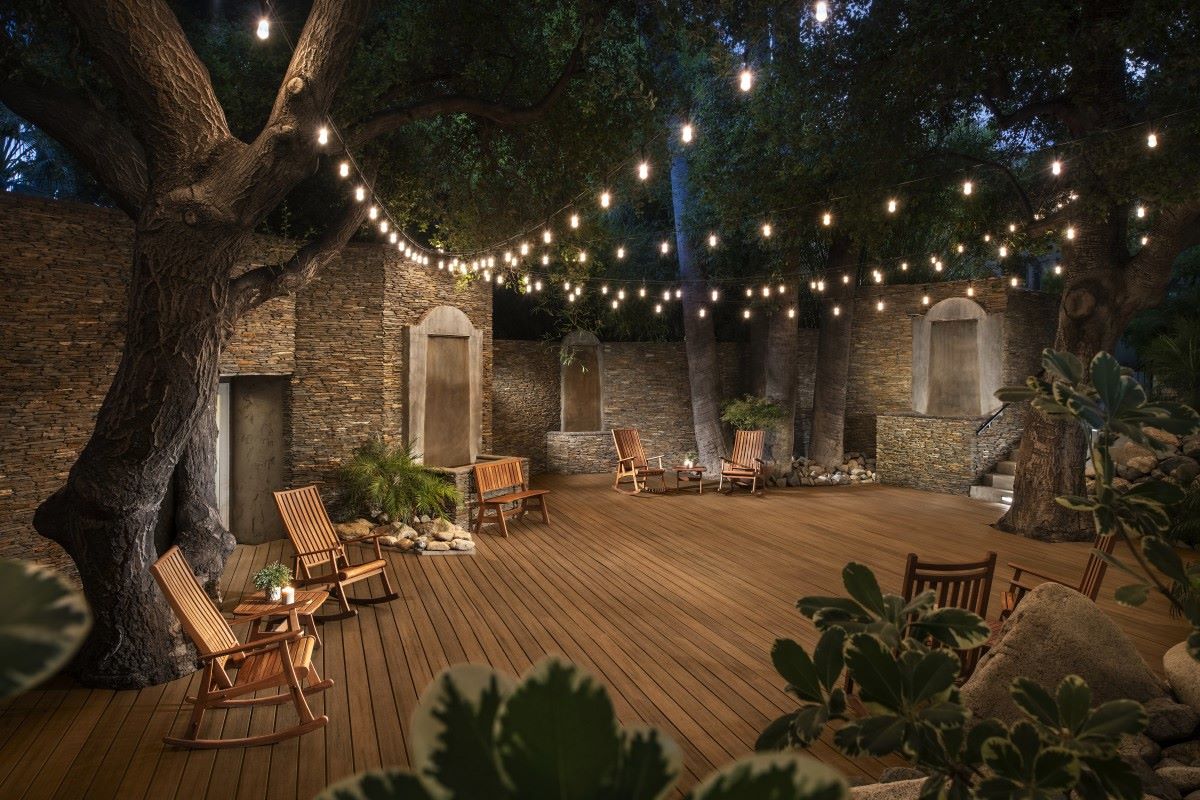

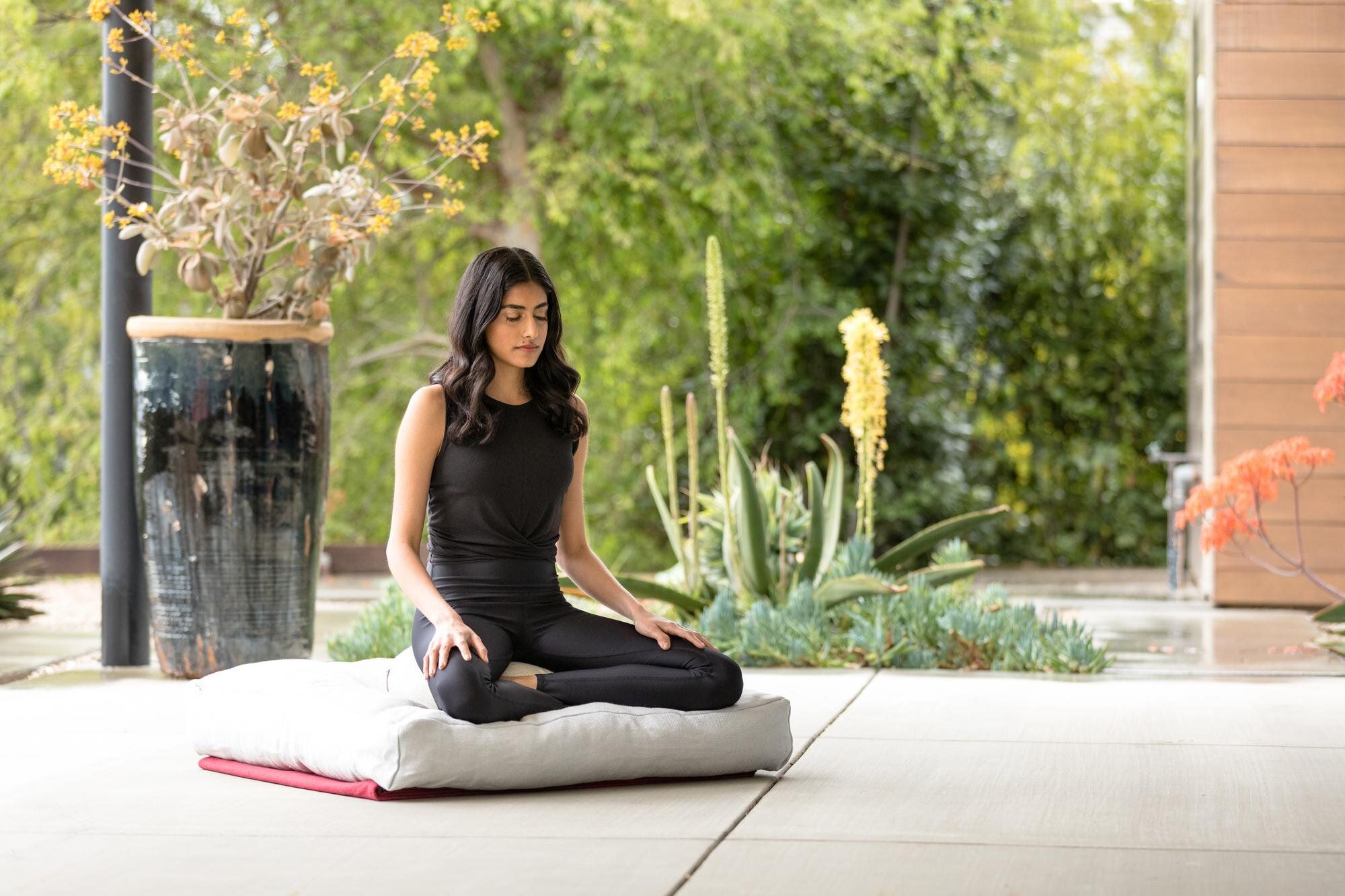



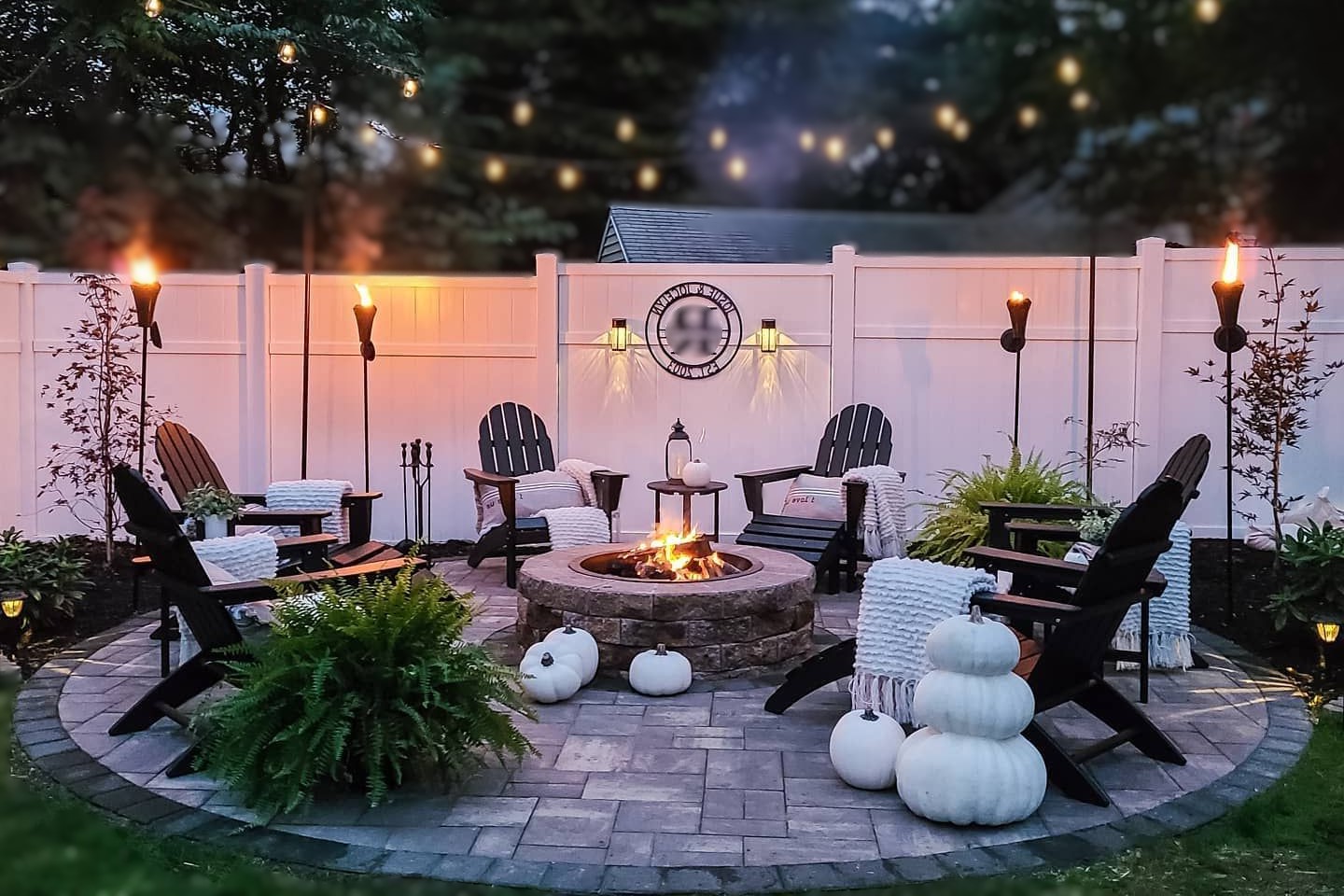
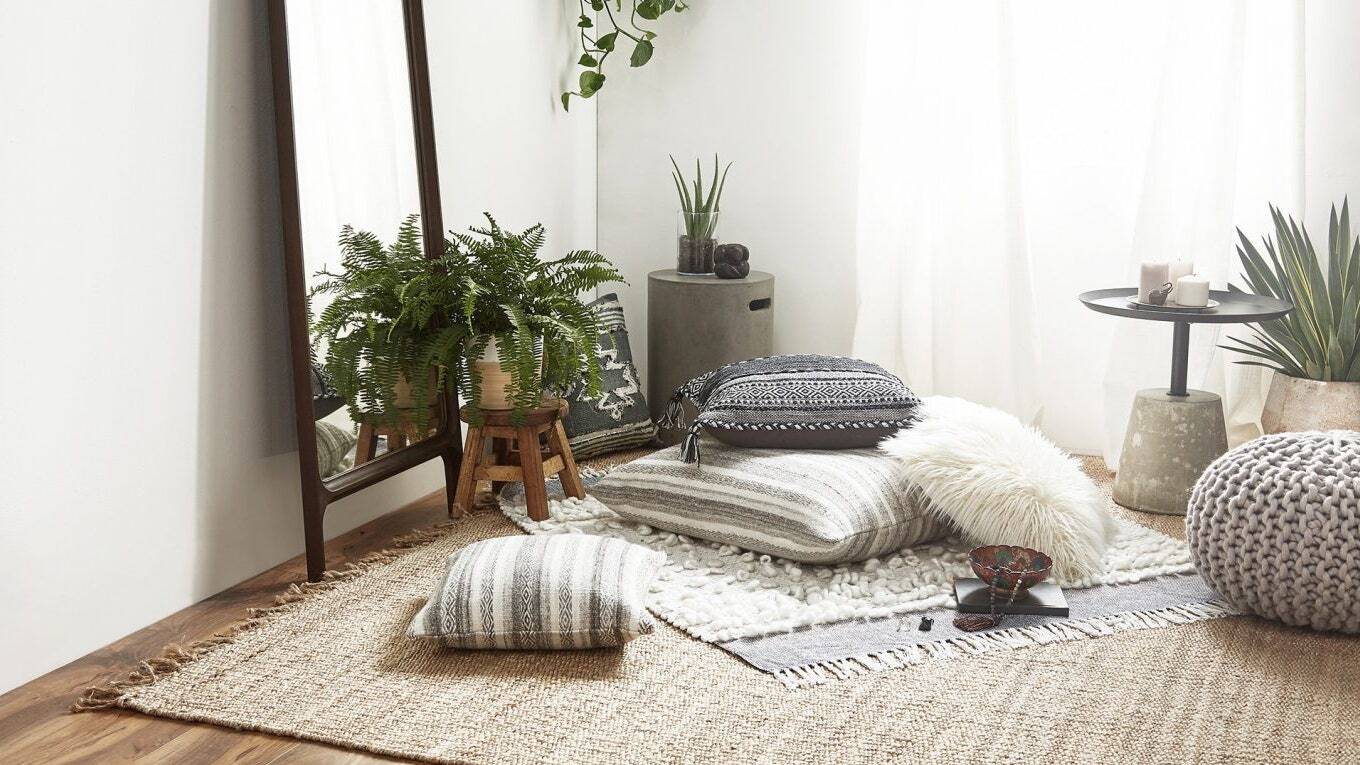
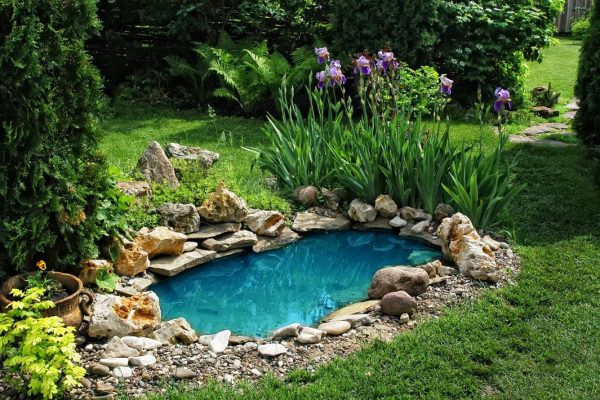
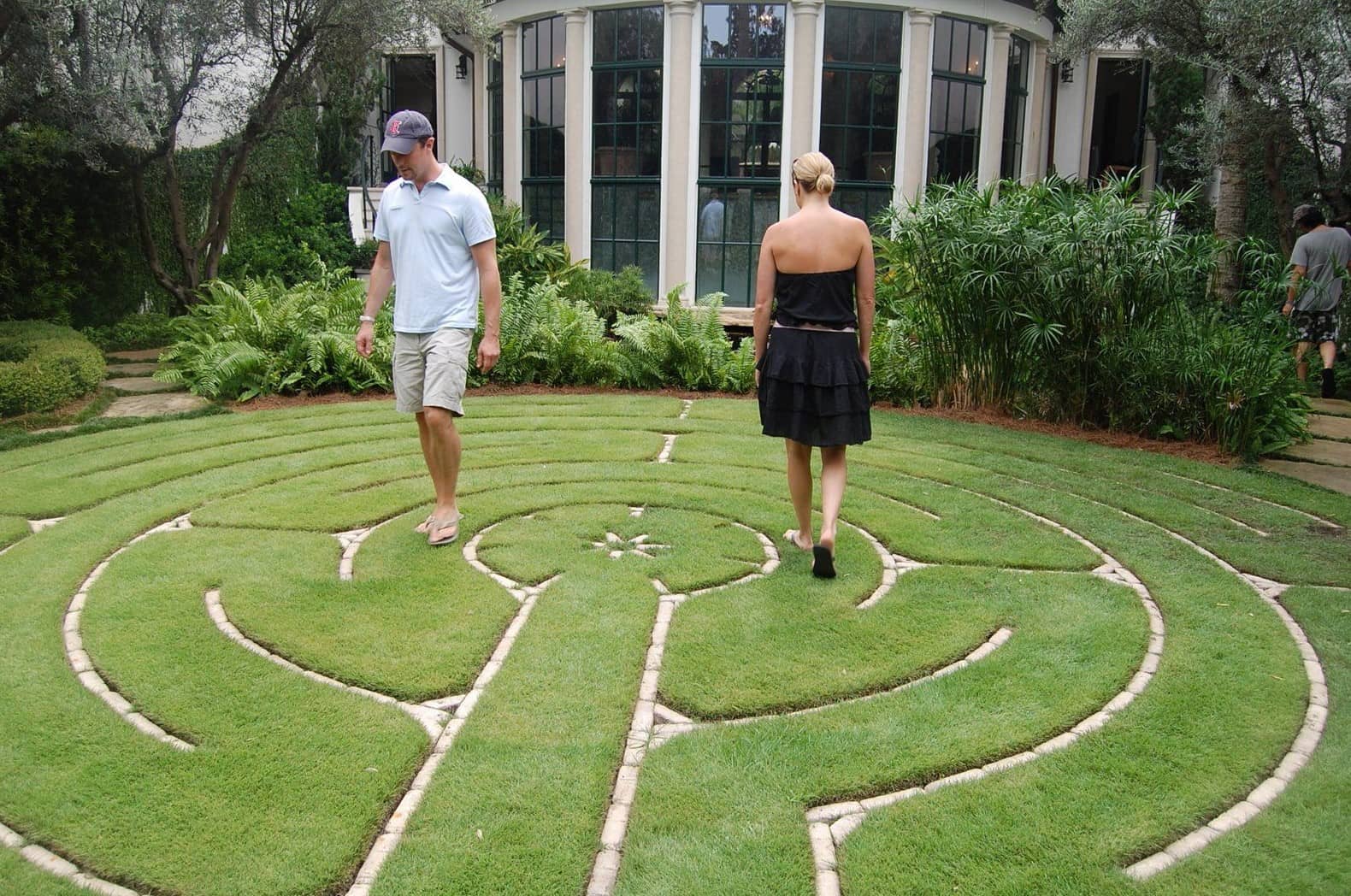
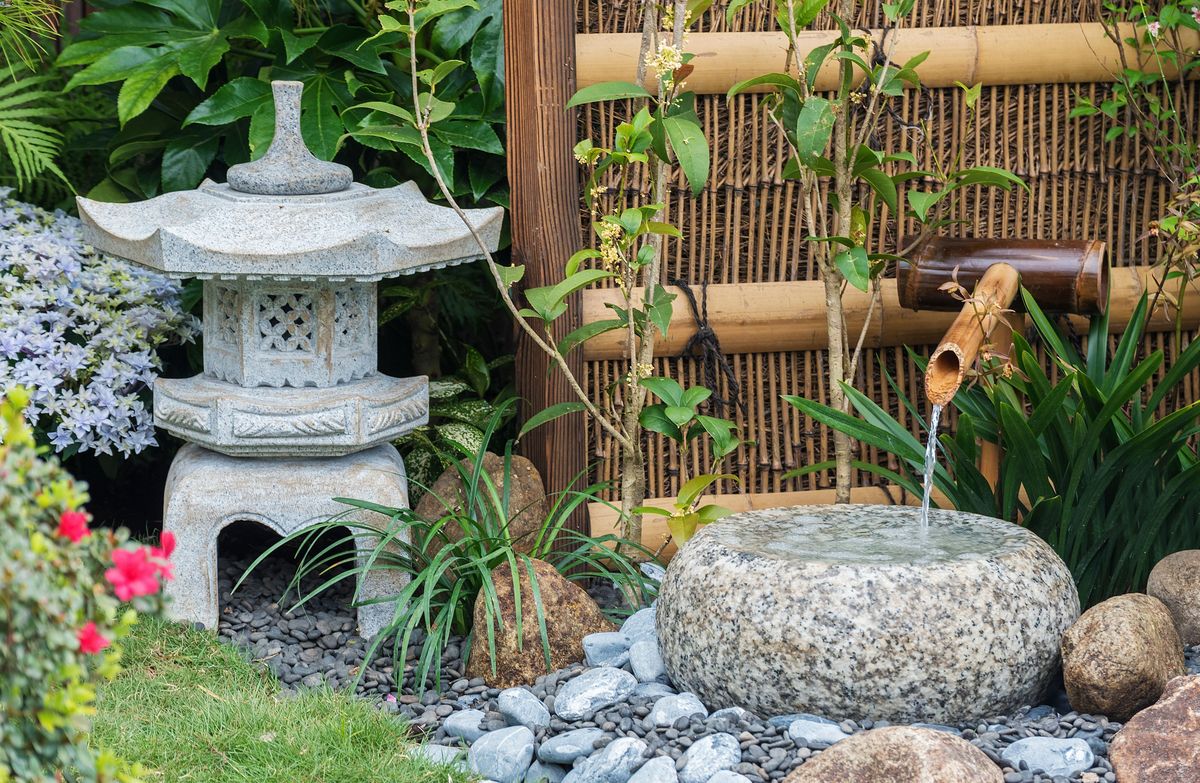


0 thoughts on “Creating A Meditation Garden In Your Backyard”